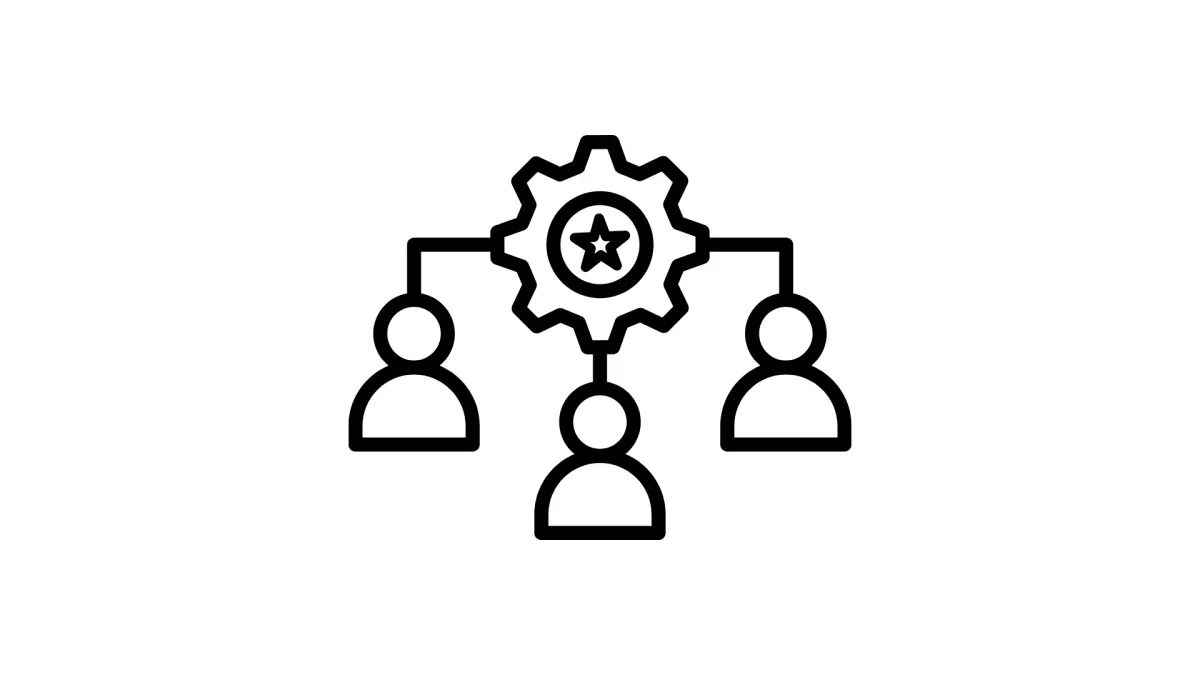How Hosts Cut Server Resources to Maximize Profits
Hosting providers often cut server resources to squeeze profits, affecting your website's speed and stability. Learn the tactics they use and how to protect your site.

Table of Contents
Ever wondered why your hosting plan seems too good to be true? Hosting providers often promise premium features at rock-bottom prices, but there’s usually a catch. Behind the scenes, some companies maximize profits by cutting server resources—leaving your website slower, unstable, or outright unreliable. Let’s break down how this happens and what you can do about it.
The Business of Overloading Servers
Hosting providers, especially those offering shared hosting, often cram as many users as possible onto a single server. This practice, called over-provisioning, means resources like CPU, RAM, and bandwidth are stretched thin.
Why They Do It
- Profit Maximization: The more users per server, the higher the profit margin.
- Cost Reduction: Reducing the number of servers cuts operating expenses.
Signs Your Server is Resource-Starved
- Slow Website Performance
- Pages take longer to load, especially during peak hours.
- Frequent Downtime
- Overloaded servers can’t handle traffic spikes, leading to crashes.
- Throttling
- Your provider might limit your bandwidth or CPU usage when you exceed their “fair use” policy.
Tactics Hosting Providers Use to Cut Costs
- Overselling
- Providers sell more hosting plans than the server can realistically support, assuming not all users will use their full quota.
- Restricting Resources
- They cap your CPU or RAM allocation, even if the server has unused capacity.
- Hidden Limitations
- Bandwidth restrictions or inode limits (file count caps) aren’t always disclosed upfront.
- Lack of Upgrades
- Outdated hardware and software are common in budget hosting plans.
How It Affects Your Website
- User Experience: Slow load times lead to higher bounce rates.
- SEO Rankings: Google penalizes websites with poor performance.
- Scalability: You can’t handle increased traffic without upgrading to a pricier plan.
How to Spot Resource-Cutting Hosts
- Look for Transparent Policies
- Check the Terms of Service for any mention of resource limits or throttling.
- Read Real Reviews
- User reviews often highlight performance issues caused by resource restrictions.
- Test Before You Commit
- Many hosts offer money-back guarantees—use this time to test performance under load.
What You Can Do to Avoid Being Shortchanged
- Choose VPS or Dedicated Hosting
- These plans allocate dedicated resources, reducing the risk of over-provisioning.
- Monitor Your Server’s Performance
- Demand Transparency
- Select providers that clearly outline their resource policies.
Conclusion
Cutting server resources is a sneaky way hosting providers boost their profits at your expense. While budget hosting may seem appealing, the hidden trade-offs often make it a poor choice for serious websites.
If you value performance, reliability, and scalability, invest in a provider that doesn’t skimp on resources. Your website—and your visitors—deserve better.
FAQs
What does it mean when hosts cut server resources?
It refers to providers limiting CPU, RAM, bandwidth, or other server capabilities to save costs or fit more users on a single server.
How do hosting providers cut costs with shared hosting?
By overselling server capacity, capping resources per user, or using outdated hardware to reduce operational expenses.
What are the signs of insufficient server resources?
Slow website loading times, frequent downtime, and throttling during high-traffic periods are common indicators.
What is overselling in web hosting?
Overselling occurs when providers allocate more hosting plans than a server can realistically handle, hoping not all users will fully utilize their resources.
How do resource limitations affect website performance?
It can cause slower load times, higher bounce rates, and even impact SEO rankings due to poor user experience.



